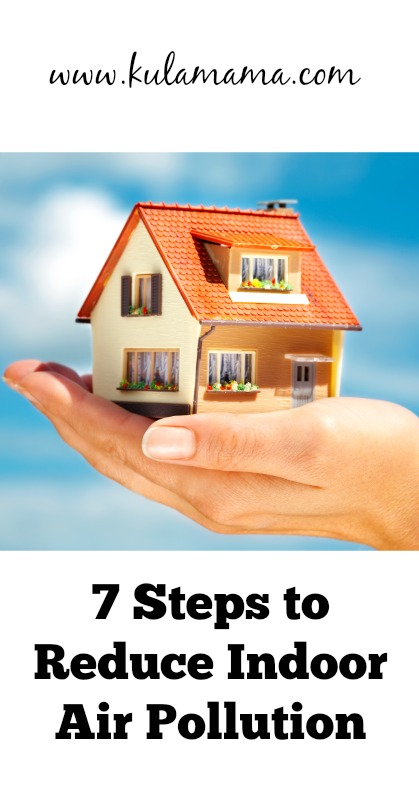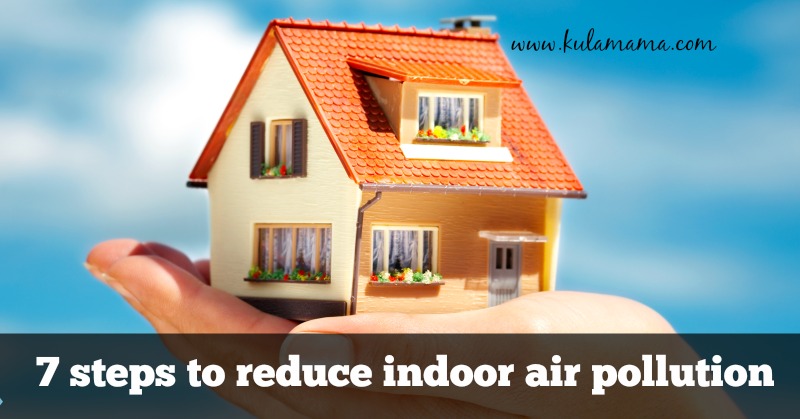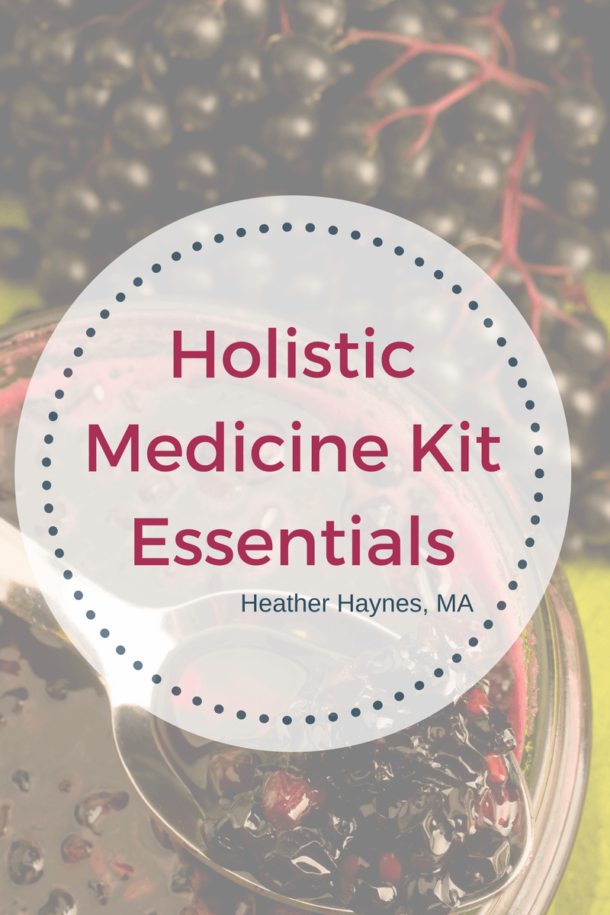7 easy steps to reduce indoor air pollution
One area of our children’s health that we often overlook is the impact of our home environment on their growing bodies. Because my daughter is prone to sensitive lungs and coughing, I’m acutely aware of things like diet and sleep because I know those factors greatly impact her health. However, lately we’ve also been working to reduce indoor air pollution in our home, too, so her little lungs can breathe easier.
Indoor air pollution affects all of us, but children with asthma, allergies or eczema are impacted the most. The level of indoor air pollution in any home is dependent on so many variables like home fragrances, detergents, dust and cleaning products. In fact, many common cleaning products contain chemicals that have been associated with inducing asthma or other respiratory problems in healthy individuals (source).
It’s easy for any parent to get overwhelmed when jumping down the green living rabbit hole. There have been many times I’ve wanted to throw up my hands and yell, I GIVE UP! But if there’s one thing I know, it’s that we never give up when it comes to our kids, do we? So I continued my free fall down the rabbit hole of reducing indoor air pollution and today I’d like to share what I’ve learned with you.
7 easy steps to reduce indoor air pollution.
I’ve put together a list of EASY steps to reduce indoor air pollution in the home. Some are cheap fixes (like opening the windows more frequently), and some are a little pricier (a good air purifier), however, no matter the price point, all of these steps will reduce indoor air pollution in your home. I hope they help your children as much as they have helped mine.
1. Ditch the scented candles.
Don’t get me wrong, I love candles. But I don’t love the pollution most commercial candles create in the home. Many candles are made from paraffin wax and when heated, this wax emits two chemicals also found in diesel fuel: benzene and toluene. Both are known carcinogens.
The wicks of many scented candles contain lead. When lit, a lead wick emits 5 times the amount of lead categorized as dangerous for children (a level set by the EPA). Exposure to lead is associated with learning and behavior problems and hormone disruption. Lead wicks were banned in 2003 but some candles still contain them.
And finally, the yummy smell coming from commercial candles is due to artificial fragrances. The term “fragrance” on a label is a code word for 3,163 chemicals. Many of which are known to disrupt hormones and also to cause birth defects. Candles aren’t the only product containing artificial fragrance, it’s also found in personal care products, perfume, hair coloring, etc.
Consider replacing any scented candles with natural beeswax candles. You can buy them online here, or make your own here.
2. Make homemade cleaners.
Like I mentioned above, many common household cleaners contain chemicals that may cause asthma or respiratory problems. Since we are trying to prevent my daughter from developing asthma, so I’m very careful about the cleaning products we use.
You can check your current cleaning products on the Environmental Working Group’s website. This website will tell you whether or not your cleaning products can be used safely in the home. The EWG website will also help you search for non-toxic cleaning products for purchase online or in a store.
If you’re up for making your own cleaning products, we’ve found the process pretty simple. In our home we use castile soap for many things and I’ve also found this book very helpful when searching for homemade cleaning recipes that actually work. When I decide I need a break from making my own cleaning products, I’ve bought a few different brands online (after checking them on the EWG website).
3. Open the windows.
This one seems like a no-brainer, right? Sure opening the windows seems too simple to be effective, but ventilation is one of the best ways to reduce indoor air pollution. I’m pretty good about keeping the windows open all summer, but in the winter I am prone to leaving them shut. So lately I’ve been letting the cold winter air in a few times a day to keep fresh air circulating through the home.
For many families, the simple act of opening the windows more frequently could make a big difference in household air quality.
4. Clean up the dust.
Dust exposes children to heavy metals like lead and chemicals like PBDEs from fire retardants (source). These heavy metals and chemicals are know to lower IQ and cause developmental delays in children (source).
To reduce your child’s exposure to household dust, vacuum frequently and use a vacuum with a HEPA filter. Take your shoes off when you enter the house to avoid tracking in outdoor dust and chemicals. Wet dust and mop frequently with water or non-toxic cleaners and make sure your children wash their hands before eating. I’ll talk more about choosing a good air filter below.
5. Go fragrance-free.
Unless your fragrance is coming from a pure essential oil, you can probably bet that it’s artificial in origin. As I mentioned above, artificial fragrances circulating in the air are not a good thing for anyone in the house, especially family members with asthma or allergies. Artificial fragrances are known as one of the top five allergens and can trigger asthma attacks.
Opt for personal care and cleaning products that are free of fragrance to reduce indoor air pollution in the home. Remove any artificial air fresheners, wall plug ins, or air freshening sprays and replace them with fresh air (from those open windows!) or an essential oil diffuser. Substitute scented laundry products with fragrance-free alternatives.
6. Choose air purifiers wisely.
Finding a good air purifier for my daughter’s room was probably the most frustrating task of all. There is SO much information about these things that I quickly became overwhelmed. The price tag on quality air filters was also something that gave me pause.
In the end I used this article to help guide my decision-making process and I ended up going with Blueair filters. The Blueair line of air filters are very quiet and remove 99.97% of airborne particles. I feel confident that my daughter’s bedroom air quality is better because of it. I’m saving up my pennies to buy a few more for our living area and my bedroom as well.
7. Invest in a chemical-free mattress.
Makers of most crib mattresses have a dirty little secret they don’t want you to know. Unless otherwise noted, most conventional mattresses are sprayed with toxic fire retardants. Fire retardants are also found on baby swings, car seats, sofas, carpets and electronics (like cell phones), too (source). Even in very small doses these chemicals have been found to cause disruption to reproductive systems and affect the development of motor skills, memory and behavior.
To reduce your child’s exposure to fire retardants, opt for eco-friendly furniture, buy wool mattresses free of chemicals (wool is a natural fire retardant) and eco-friendly baby gear. When in doubt ask the manufacturer if they use fire retardants and just say no to any products that have them. Do not allow babies to put things like cell phones in their mouths and always wash children’s hands before eating.
Did you find this list helpful? What steps have you taken to reduce indoor pollution in the home? Tell me in the comments below!



